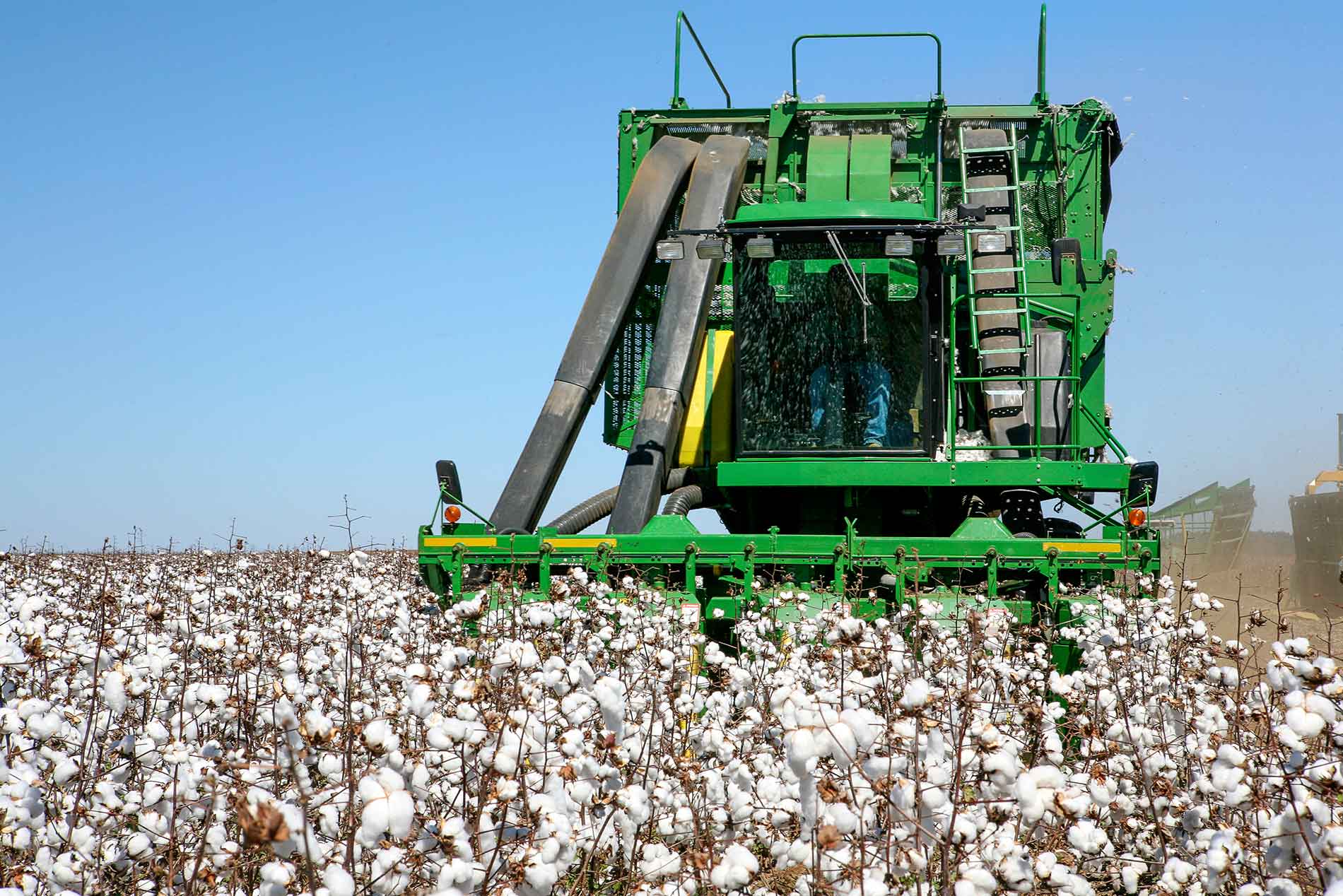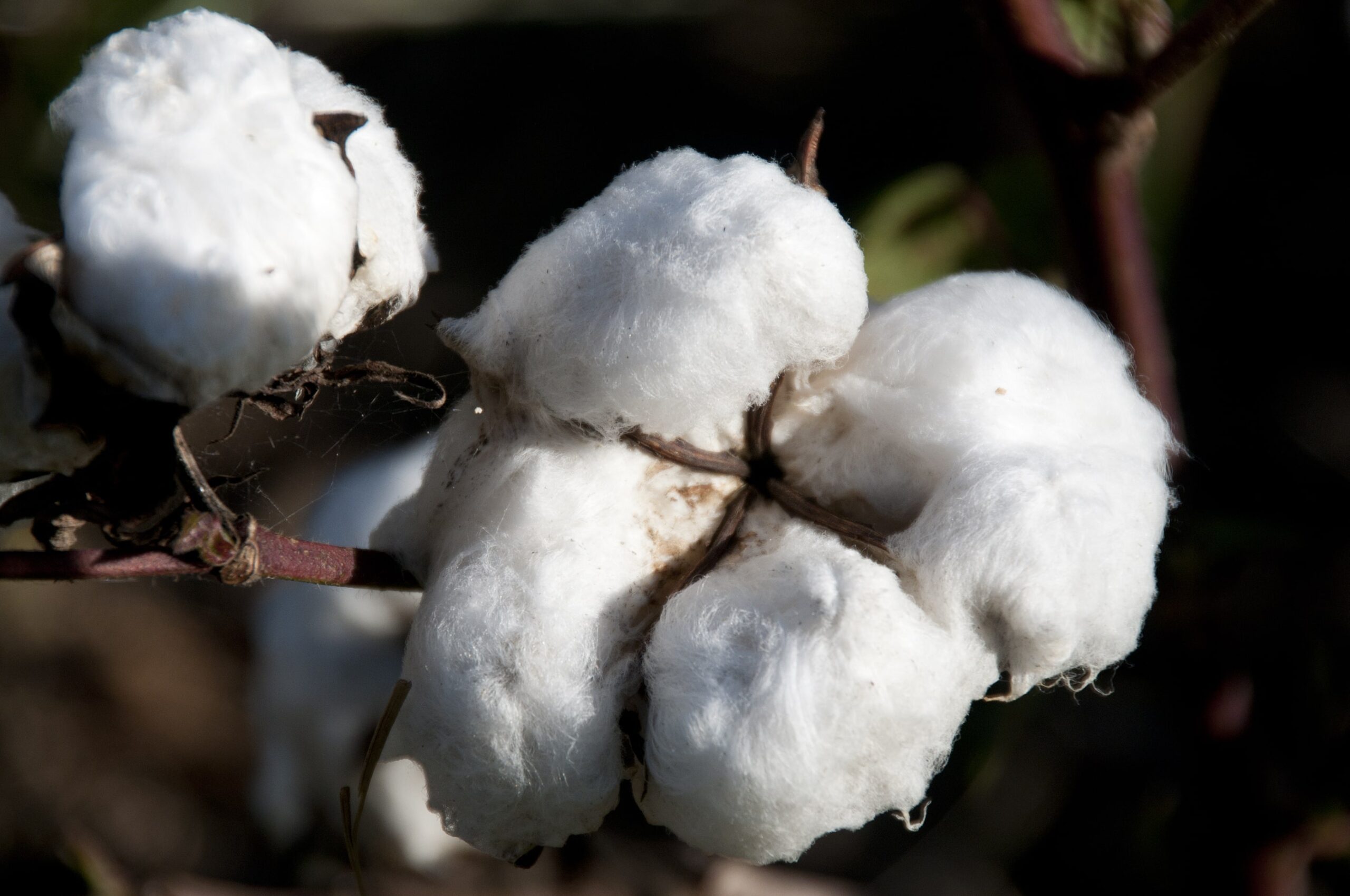Agricultural practices have come a long way, evolving with time and technology to meet the growing demands of a rapidly expanding global population. In the realm of cotton farming, the utilization of mechanized equipment has revolutionized the industry. Among these advancements, cotton harvesters have emerged as a game-changer, delivering unmatched efficiency and productivity to farmers
READ MOREAuthor: Don Evink
Choosing the Right Cotton Picker Belts: Factors to Consider
When it comes to harvesting cotton efficiently, some of the key components of a cotton harvester are their various belts. The picker belt plays a critical role in the overall performance and productivity of the cotton harvesting process. Choosing the right type of cotton picker belts for your specific needs is essential to optimize the
READ MORE

